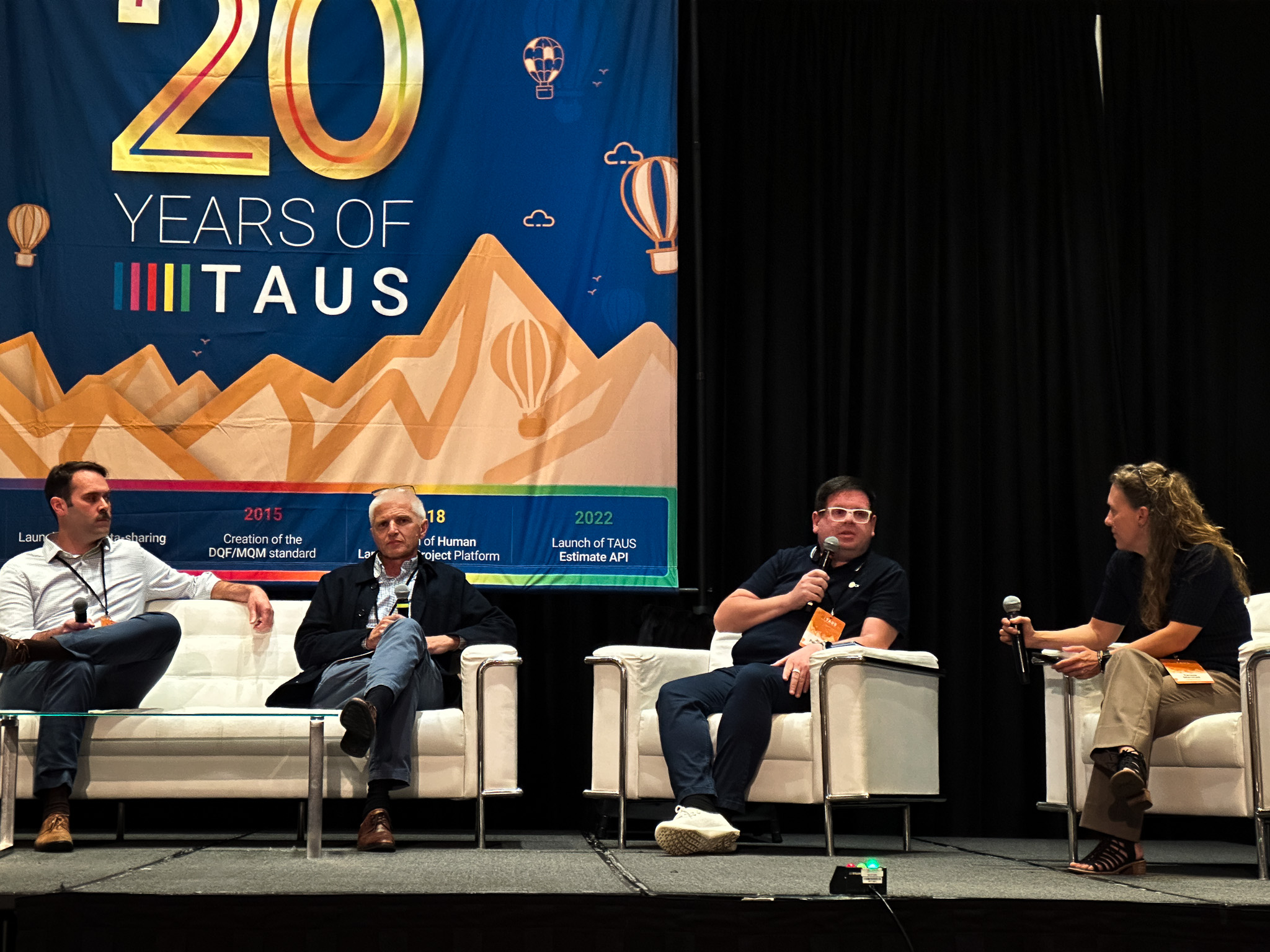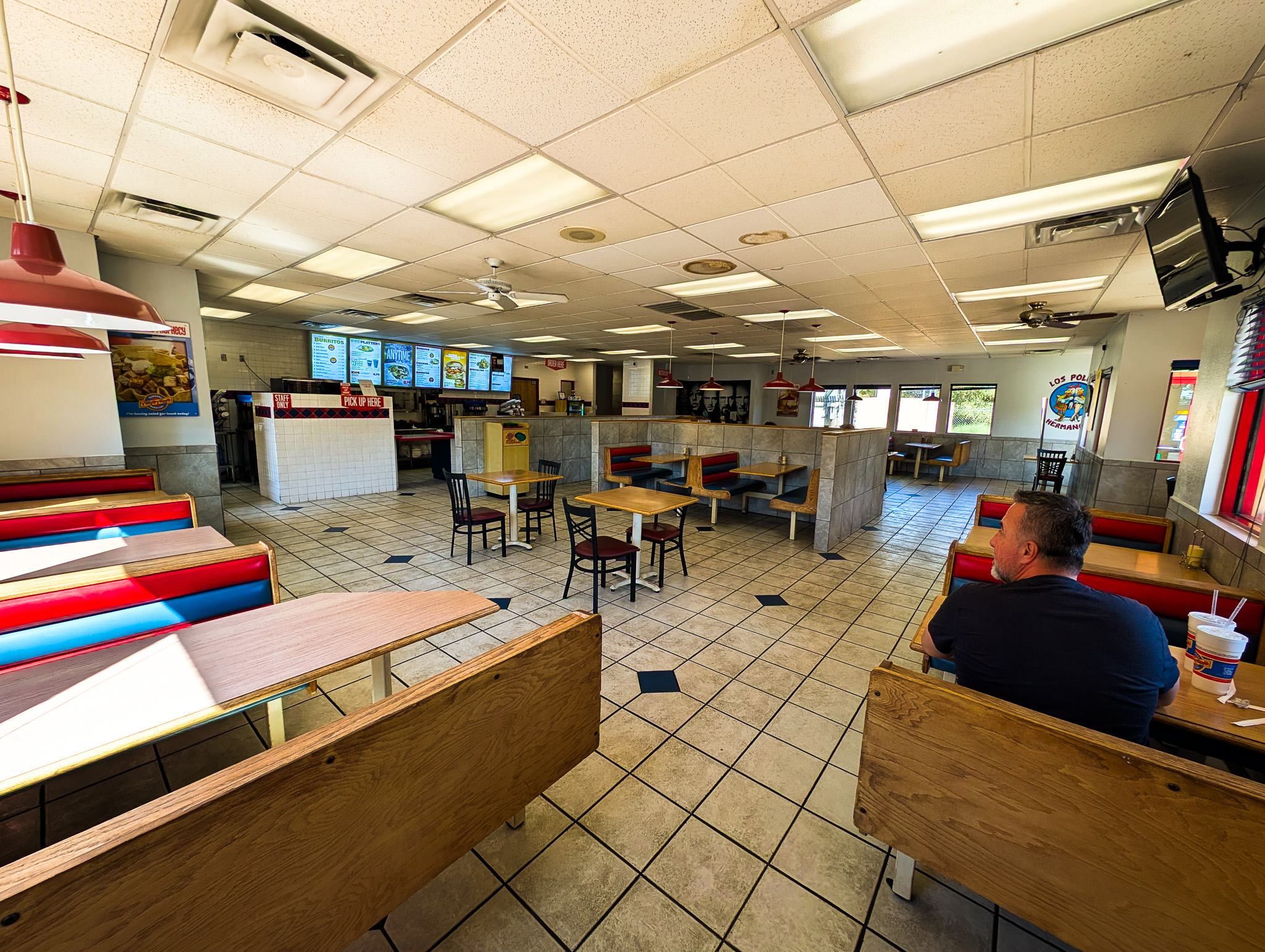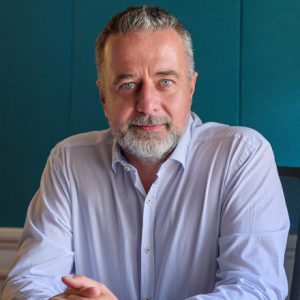Before boarding my plane back to Barcelona, I had a five-hour layover at O'Hare International Airport, which I used to jot down the key points from the TAUS Massively Multilingual AI Conference, held in Albuquerque, NM. For those who are unfamiliar, this is an annual gathering of language technology professionals worldwide. This year, the discussions revolved around AI-driven localization workflows and automation. As usual, my objective at these conferences is to find out how we can improve the services that global brands offer to our clients, particularly those in the fashion, beauty, cosmetics, luxury, and sports industries.
The Impact of Generative AI Revolution on Global Content Creation
It’s not big news that Generative AI (GenAI) technology was at the center of many presentations. International brands rely on digital channels to communicate with global audiences and local markets. Content creation at scale is becoming a huge challenge and GenAI offers solutions that go beyond translation by enabling creative content generation tailored to different markets.
One hot topic was agentic workflows. These workflows allow AI agents to help in content creation by performing very concrete and defined tasks, from writing to translation and even transcreation, terminology check, bias check, etc. I believe that this could be helpful for marketing managers who need to produce consistent messaging across multiple languages without sacrificing brand voice. This hybrid approach of blending machine translation (MT) with GenAI could radically change workflows, helping to streamline the process without compromising creativity or accuracy.
This could result in noticeably quicker content rollouts across product lines and geographical areas for our clients in the fashion and cosmetics industries. It's not difficult to picture AI managing first drafts, translations, and even some creative localization for a new collection or campaign, while human linguists and marketing teams concentrate on fine-tuning and brand-specific specifics.

Quality Evaluation (QE) Technology
One of the most interesting topics for me was the improvements on Quality Evaluation (QE) technology. Automated LQE (Language Quality Evaluation) tools are rapidly advancing, and we are about to see this technology integrate seamlessly into AI-driven localization workflows. For e-commerce managers or content teams responsible for maintaining high linguistic standards across different markets, QE technology could be revolutionary.
So far, Quality Evaluation has always been a bottleneck. Language experts need to manually review content and that slows down the whole localization process. With the new QE tools and workflows presented at the conference, AI can now evaluate and score translations, flagging potential errors before they even reach human reviewers. This will accelerate time-to-market for localized content and ensure messaging remains on brand across all languages.
However, as promising as these advancements are, some attendees shared concerns about fully trusting AI for quality control and the gap there still is between expectations and reality. While automated LQE can catch obvious mistakes, nuanced elements of language—such as tone, cultural context, and brand-specific terminology—still require human intervention. The consensus seemed to be that the future lies in hybrid workflows, where AI handles bulk tasks but humans oversee, improve the content and are in control of the final quality checks.
Blending Traditional MT and GenAI
The blurry lines that separate traditional MT from GenAI technologies were broadly discussed. We’re at the early stages of this in workflows that integrate prompt engineering, terminology management, and AI-driven copywriting. These hybrid workflows allow for greater flexibility and scalability, particularly for brands that operate across diverse markets and need to adapt to different cultural and linguistic needs.
I think marketing and e-commerce managers from large European companies, especially those in the luxury and beauty sectors, will appreciate the potential of these hybrid systems to create a more efficient global content production pipeline. Instead of relying on traditional translation models, which can be slow and costly, AI enables the creation of content that is almost "ready-to-publish," cutting down on both costs and turnaround times.
On the other hand, by crafting better, more nuanced prompts for AI systems, companies can extract higher-quality results from GenAI. This would allow brands to maintain creative control while benefiting from the speed and efficiency of AI solutions.

Meeting Industry Peers
As always, one of the most rewarding parts of the conference was the opportunity to connect with people in the industry. Talking with them you get a more complete picture of what’s really going on in the localization and AI space. I find that many attendees discuss openly the current state of the industry and that’s always pure gold.
A key concern shared by many was the disruption of the traditional localization model. AI is rapidly changing the landscape, and there’s an ongoing debate about how much of the traditional approach should be preserved versus how much we should embrace these new, automated systems. As always, the answer is always between the two extremes, so finding the balance is the most important thing. You’ve got to bring human expertise for creativity and cultural nuance, but AI can handle much of the heavy lifting.
For international brands, staying ahead of this trend means implementing hybrid workflows now. The sooner companies can blend AI and human workflows, the better positioned they’ll be to meet the demands of a rapidly evolving global market.

Albuquerque Highlights: More Than Just Work
No conference would be complete without a little fun. One of the highlights outside of the sessions was visiting some of the iconic “Breaking Bad” locations, including Los Pollos Hermanos. Yes, it’s just like the one you remember from the show, minus Gus Fring. And having the chance to attend the incredible Balloon Fiesta on my way to the airport was an unexpected bonus.
Final Thoughts
The TAUS Massively Multilingual AI Conference gave me a lot to think about, particularly how AI will reshape global content strategies. The key takeaway for marketing managers, e-commerce teams, and technology directors is that hybrid workflows combining AI and human expertise will soon become the industry standard. By adopting these innovations early, companies can maintain a competitive edge while ensuring their global content resonates with local audiences.






